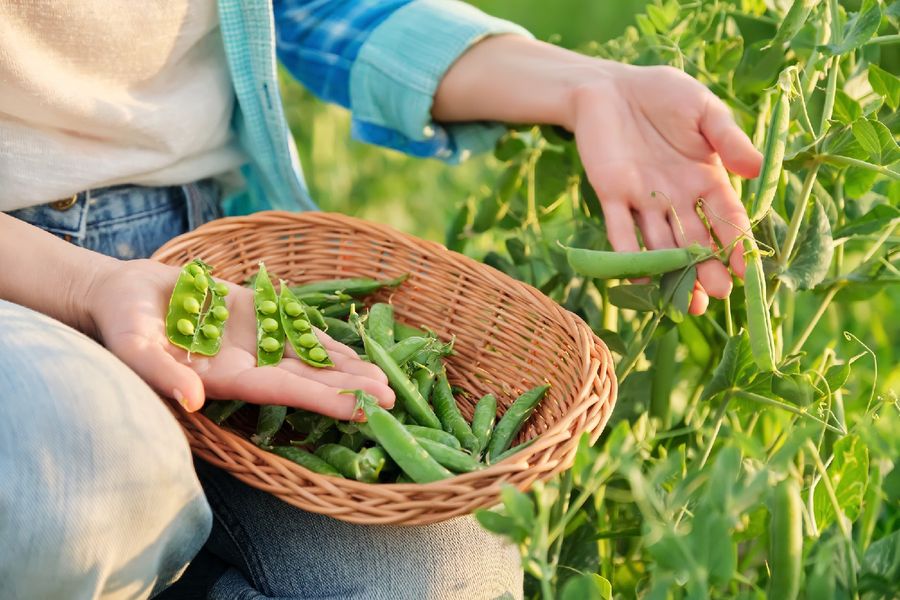In April, as the spring season is in full swing in many regions, it’s a great time to start your vegetable garden with cool-weather crops. These vegetables can handle the still-chilly nights and take advantage of the increasing daylight hours to establish themselves before the heat of summer sets in. Here are the top 5 vegetables to consider planting in April
Lettuces
Lettuces thrive in cooler temperatures, making them an ideal choice for early spring planting. They are also relatively fast-growing, which means you can enjoy the fruits of your labor sooner rather than later. For a continuous harvest, practice succession planting by sowing seeds every two weeks. This ensures a steady supply of fresh lettuce. Remember, lettuce prefers moist, well-drained soil and can be grown in both beds and containers, making it versatile for different garden spaces.




